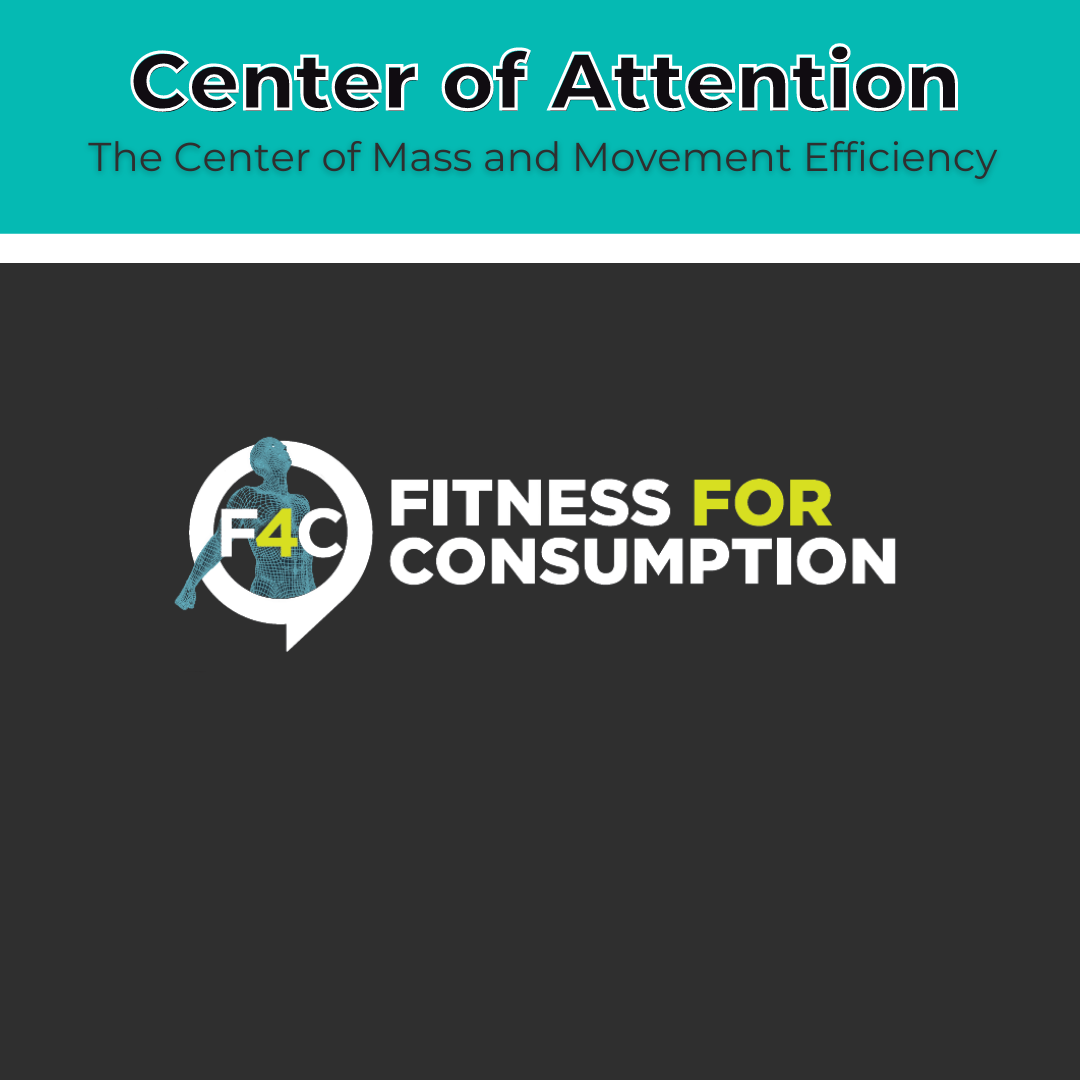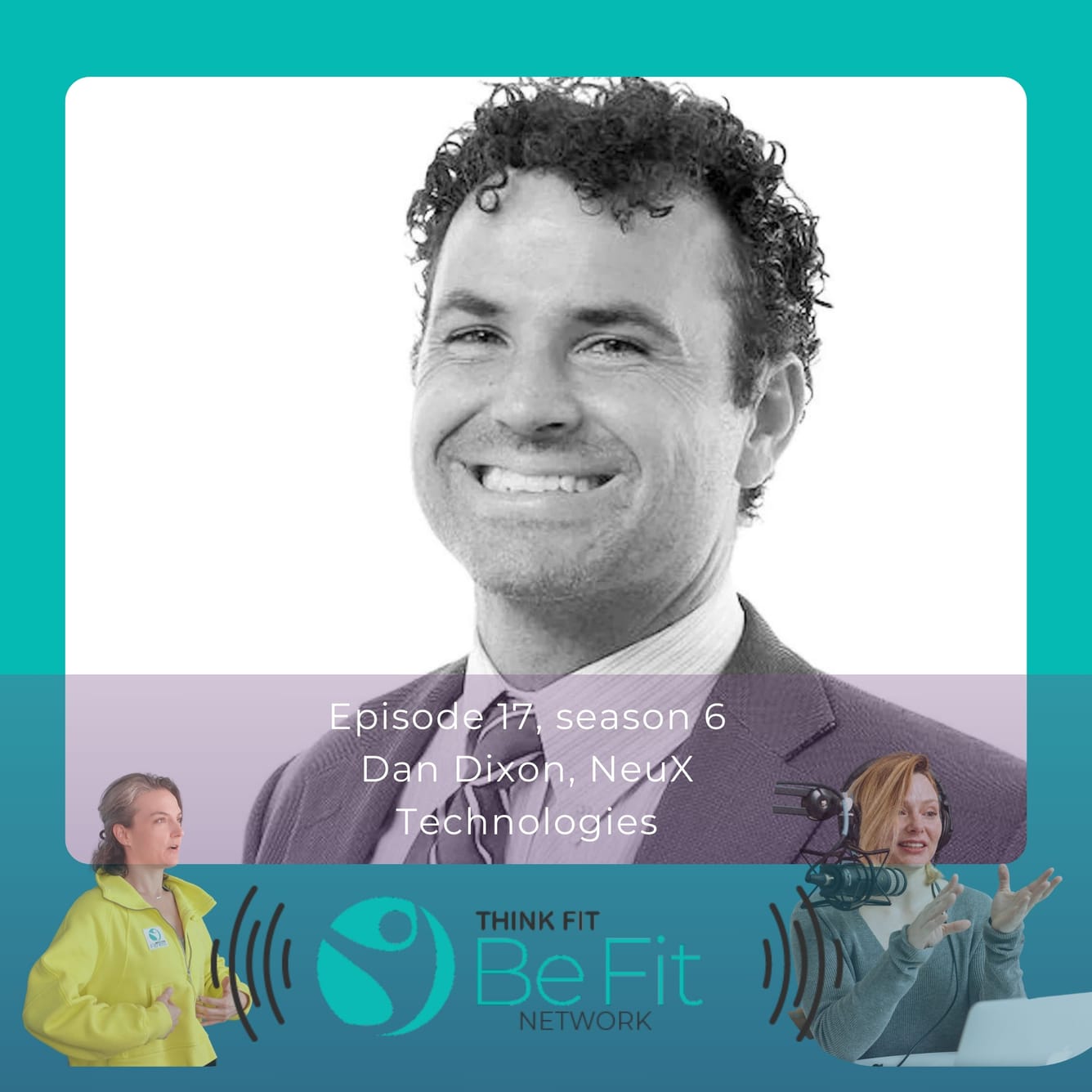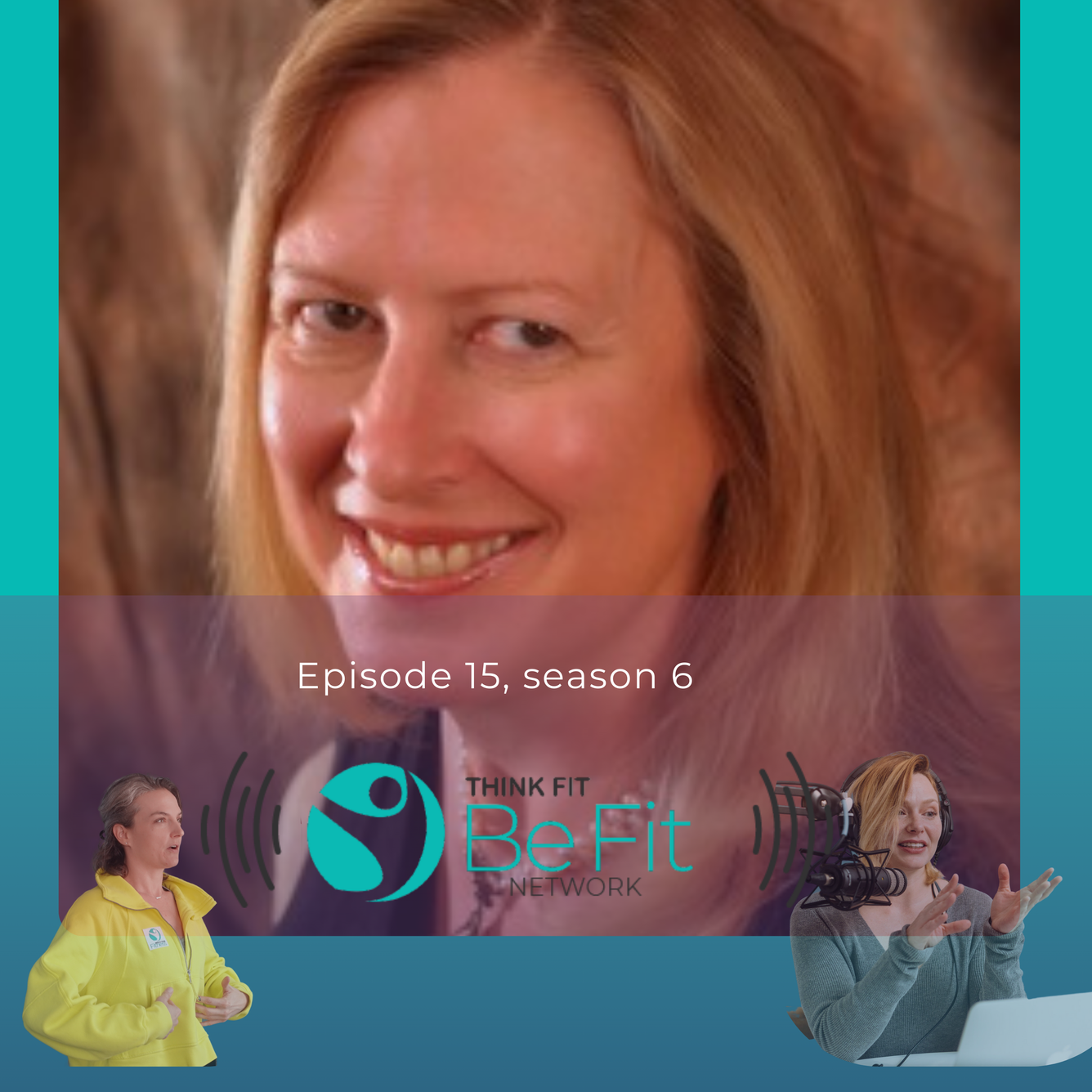Center of Attention: The Center of Mass and Movement Efficiency

Season 3, Episode 7: Center of Attention
The Center of Mass and Movement Efficiency
YouTube Visual podcast
Raise your hand if you’ve heard this before; the center of mass of a body, and its current relationship to a line of force, will have a significant impact on how efficiently that body moves. If you’ve heard it, it very well may have been from us, about two episodes ago in The Forest Through The Trees (Season 3, Episode 5). It’s not that we’ve run out of ideas already, it’s that we feel this information is so important to helping you make quality movement decisions, whether in sport or exercise, that we wanted to double down, elucidate further and provide some clear imagery so you can visualize what we’re explaining.
Things like plates on a bench press or the speed on a treadmill are things we can see and make sense of with our naked eye. As with joint torques, the center of mass (COM), center of gravity (COG) and ground reaction forces (GRF) are not visually detectable without sophisticated instrumentation. While these concepts may initially appear a bit abstract, they are absolutely critical to understanding what is happening when we move.
We know this is tricky stuff, and NOT something you might come across easily on a social media scroll. But we also know that with a little time, and some better teaching tools, you can understand this fluently. That’s why we’ve done a first of its kind (for us) visual episode going through all of it in detail. We illustrate lines of force, and examine them through computer generated models, explaining clearly how subtle differences of position can have a significant impact on how efficiently, or inefficiently a given exercise will be performed. We pride ourselves on not being “click-baitey” here at F4C, but, simply put; If you lunge, you MUST WATCH THIS VIDEO!
In this episode we discuss:
- A recap on how posture(s) affect performance
- How we can set up a lunge so that more of the load is on the forward leg
- How the traditional lunge position can limit activity from your plantar flexors
- Why a standing cable press demands significantly lighter loads and how we modify our posture to enhance loading
Glossary:
Base of Support (BOS) - The area scribed by every point of contact between a body and its supporting surface.
Center of Gravity (COG) - The vertical projection of the center of mass through the Base of Support (BOS).
Center of Mass (COM) - A point within an object or body at which all the constituent segments of that mass sum to zero; the point at which the object or body is balanced; the point at which a force may be applied to cause a linear acceleration without any rotational acceleration.
References:
Hofmann, C.L., Holyoak, D.T. and Juris, P.M. (2017). Trunk and shank position influences patellofemoral joint stress in the lead and trail limbs during the forward lunge exercise. Journal of Orthopedic and Sports Physical Therapy. 47(1): 31-40.
You might also like:
- Season 3, Episode 5 - The Forest Through The Trees
- Season 3, Episode 4 - Cue Talent


